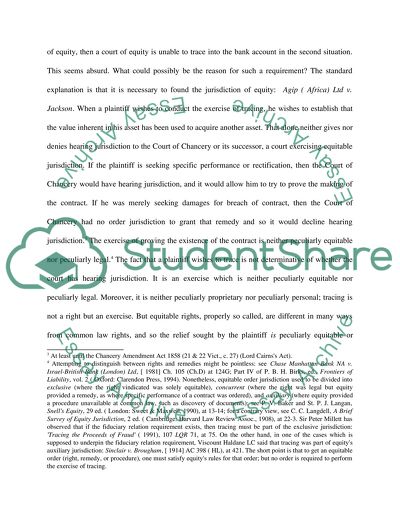Cite this document
(“Tracing Rules Essay Example | Topics and Well Written Essays - 2000 words”, n.d.)
Retrieved from https://studentshare.org/law/1519626-tracing-rules
Retrieved from https://studentshare.org/law/1519626-tracing-rules
(Tracing Rules Essay Example | Topics and Well Written Essays - 2000 Words)
https://studentshare.org/law/1519626-tracing-rules.
https://studentshare.org/law/1519626-tracing-rules.
“Tracing Rules Essay Example | Topics and Well Written Essays - 2000 Words”, n.d. https://studentshare.org/law/1519626-tracing-rules.


